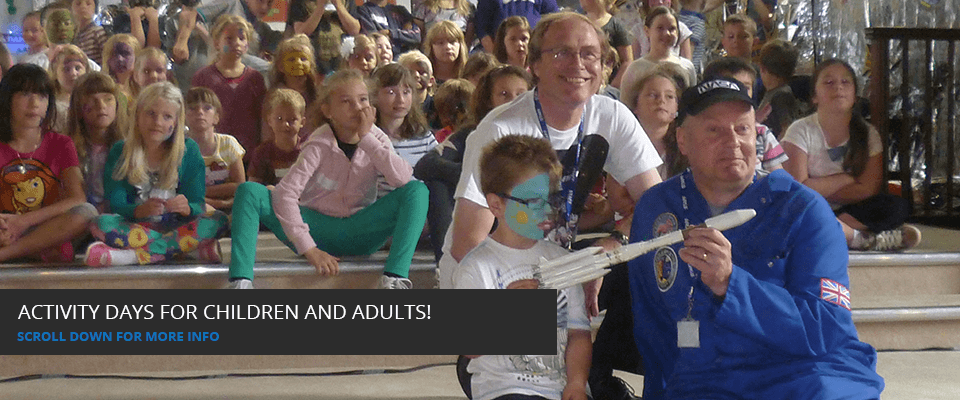Take advantage of the moonless nights early this month to observe the most distant objects visible with the unaided eye. Anywhere away from the glare of streetlights, you will see the misty blur of the great Andromeda Galaxy, the nearest large galaxy to us at 2.5 million light years away. Another challenge is to try and find the fainter Triangulum Galaxy. The light we see from this galaxy left it almost three million years ago
November is the first month of long nights and we are starting to see the familiar winter constellations. Orion the Hunter appears in the sky just before midnight. Just to the right of Orion is Taurus the Bull with the bright red star Aldebaran and the star cluster the Pleiades or ‘Seven Sisters. They too are now becoming more conspicuous. This is the best time to look for the autumn constellations during the evening; the Plough is low in the north and the ‘W’ of Cassiopeia overhead. The summer triangle stars Altair, Deneb and Vega are now becoming low in the west.
If you look to the south the Square of Pegasus is very prominent; a line drawn from the top left hand star of the square shows a line of stars that form the constellation of Andromeda. Below Andromeda is one of the few constellations that look like the figure they are supposed to describe; Triangulum the Triangle. Using the two right hand stars of the Square of Pegasus draw a line down for some distance to find Fomalhaut, the brightest star in the constellation of Piscis Austrinus (the Southern Fish).
On the 8th of this month the star near the Moon is the innermost planet Mercury. Tonight and the following night with binoculars you will see low in the southwest after sunset the very thin crescent together with the planets Jupiter, Mercury and Saturn.
Though Mercury is at its greatest elongation from the Sun on the 6th of the month, it’s hardly visible against the twilight glow. At magnitude –0.1. The best chance of catching it is on 9th November when the innermost planet lies below the crescent Moon.
There is a treat in store for early birds, as Venus roars into view as the morning star. At the start of the month it is rising in the dawn twilight. At magnitude –4.1, by the end of November it has brightened to magnitude –4.4 and will be rising almost four hours before the Sun. The star near Venus mid month is Spica.
The later evening sky is dominated by Mars, which is setting about 11.30pm. The red planet fades from magnitude –0.6 to 0.0 as it travels from Capricornus to Aquarius.
Jupiter at magnitude –1.7 is overwhelmed by the brightness of the dusk twilight. It appears very low in the south west in the constellation of Libra just after sunset.
Saturn lies higher in the south west, at magnitude +0.6, in the constellation of Sagittarius. It sets below the horizon around 6.30pm.
Dim Uranus is shinning at magnitude +5.7. It is just visible with the naked eye, but binoculars will help you find this distant world on the borders of Aries and Pisces. It will above the horizon until around 5am this month.
If you like a challenge check out another of the evening planets this month. You will need good binoculars or a telescope to track down Neptune. Shinning with a measly magnitude of +7.9 Neptune lies in the constellation of Aquarius, and will fall below the horizon around 1am.
This distant planet can be observed in a ten-inch or larger telescope. It can be found in the constellation of Sagittarius.
There are two meteor showers this month. The Taurid meteor shower consists of slow moving meteors that often produce spectacular fireballs and is visible from November 5th-12th. On November 16 to the 17th the Leonid meteors will be on display. Every 33 years the Leonids produce spectacular displays, It promises to be a good year, as moonlight won’t interfere.
46P/Wirtanen is a small short-period comet with a current orbital period of 5.4 years. It will appear in the evening sky this month on its way to a great show in December. It stars the month as a binocular object with a magnitude of +7.3, low on the southern horizon. It brightens as it ascends through the constellation of Cetus to become visible to the naked eye, at magnitude +4.8 by the end of November.
Phases of the Moon for November, will be:
New moon on the 7th
First Quarter 15th
Full Moon 23rd
Last Quarter 30th





